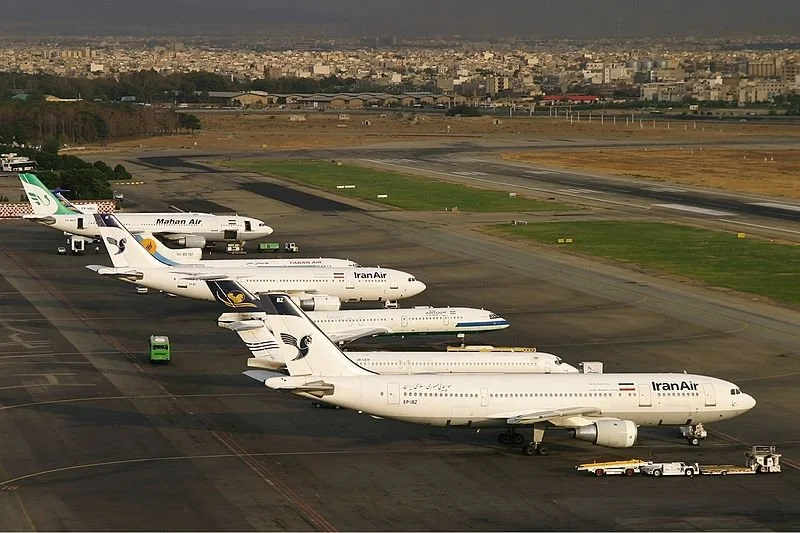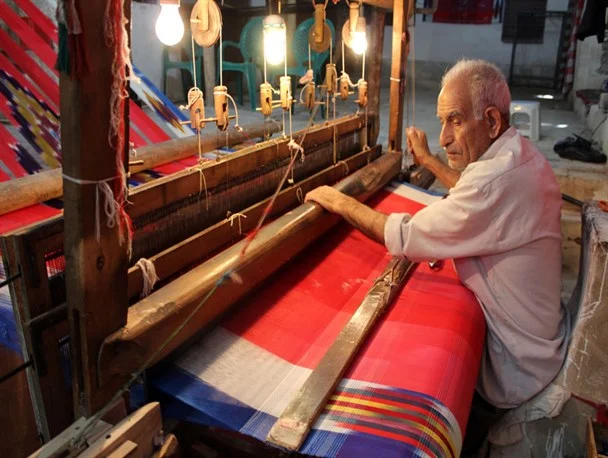By Dorna Maryam Movasseghi, Research Fellow
"The bazaar and the mosque are the two lungs of public life in Iran."
Mottahedeh’s judicious metaphor aptly captures the vital essence of one of Iran's oldest and most expansive life forces -- the bazaar. Much like the lungs, bazaars have been responsible for oxygenating more than just the social spheres of Iran; these microcosmic cities have also been fundamental in shaping the economic and political trajectories of the country for millennia.
A siege upon the senses, bazaars are a cornucopia of the most delectable sights, smells, textures, and sounds that trace back to 3000 B.C. in ancient Iranian towns and cities. Now, under a maze of arches and narrow corridors, bazaars and their merchants, bazaaris, continue to trade goods, currency, news, and gossip.
Read More




















